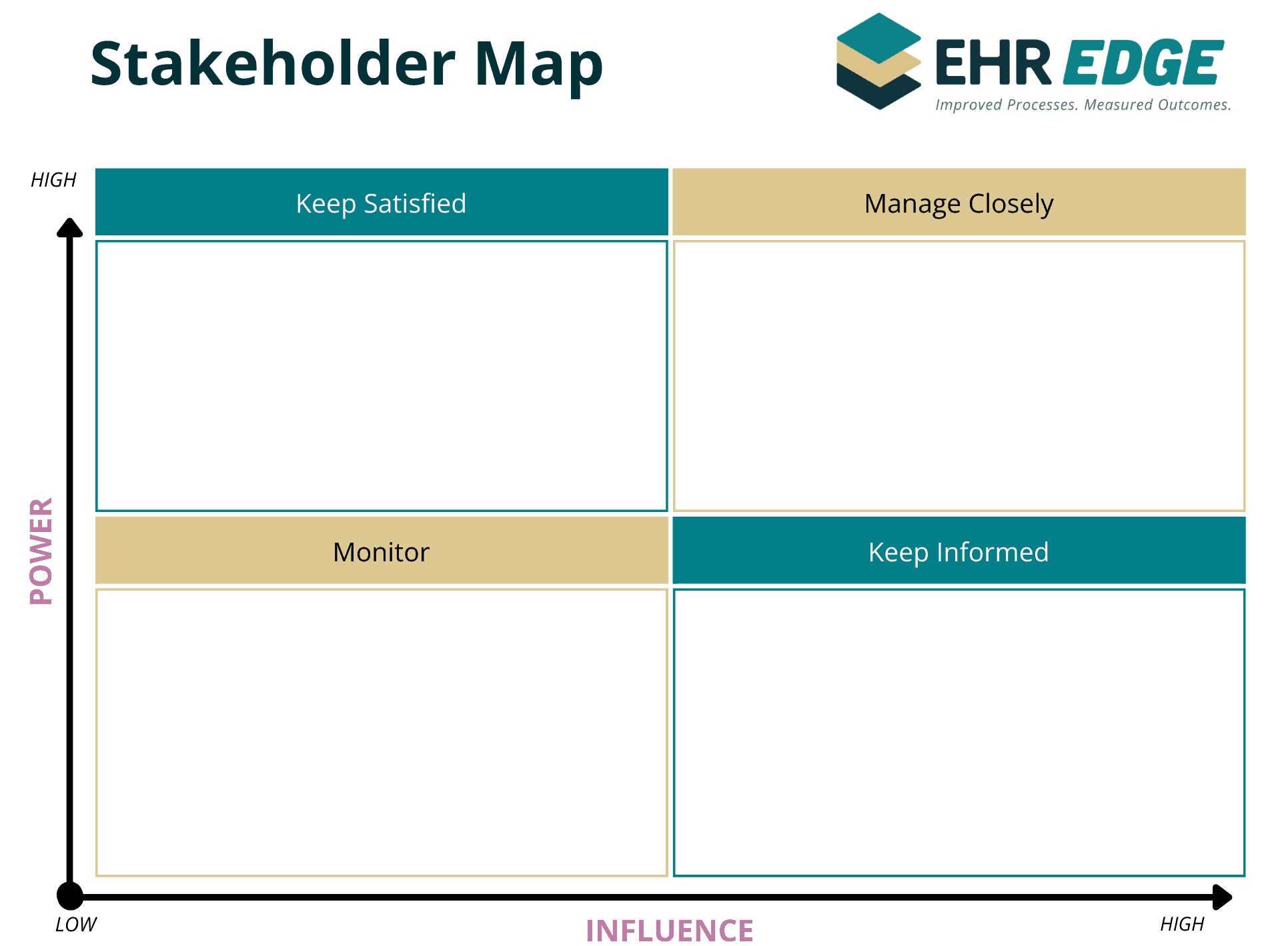Implementing an Electronic Health Record (EHR) system is one of the most significant changes a human services organization can undertake. EHR change may feel like a complex administrative lift, it’s a key opportunity to align teams, modernize workflows, and strengthen service delivery, when approached with intentional change management.
Here’s how to turn that change into a strategic and collaborative process.
Know Who’s at the Table: Stakeholder Analysis
Before launching an EHR change, identify all stakeholders from frontline staff and supervisors to billing teams and external funders. Understanding their roles, pain points, and priorities helps you tailor messaging and gain early champions. A well-rounded stakeholder map ensures no one critical to the success of the project is left out of key conversations.

Complete the form to schedule your consultation and join our email list
Identify Teams Impacted by EHR Change from Across the Organization
EHR changes affect more than just clinical staff. Intake, billing, finance, QA, compliance, HR, and leadership all experience some form of disruption or process change. Clarify the scope of who’s affected and how, so you can proactively involve them and reduce downstream friction or resistance.
Example teams & roles:
- Clinical: Direct service staff and supervisors who will be hands-on in the new system daily
- Administrative: Intake, scheduling, and billing teams that interact with key front-end and back-end data
- Technical/IT: Responsible for configuring the system, managing integrations and technology, and ensuring data security
- Leadership: Ensures resources, direction, and executive buy-in stay aligned with agency strategy
- Quality/Compliance: Oversees adherence to documentation standards and external regulations
Set Communication Objectives and Choose Channels
Each group needs different information and context to stay aligned during the EHR change. For instance, clinicians need clarity on workflows and training, while technical teams need system specs and timelines. Setting communication objectives ensures that teams receive timely, relevant, and actionable updates.
Communications for the teams should be done through channels each specific group routinely monitors.
Tailored messaging examples:
- Clinical Teams: Preview new workflows and explain upcoming training sessions
- Finance Teams: Highlight how data fields affect claims and billing integrity
- Execs/Board: Share measurable impacts on service delivery, compliance, and ROI
- IT/Tech: Provide detailed system requirements, timelines, and risk mitigation steps
Develop a Communication Plan That Builds Trust
Change is hard, so building trust is essential for an organization-wide project like EHR change. Establish a meeting structure that respects each team’s function and decision-making level. A one-size-fits-all approach leads to confusion or disengagement. Tiered meetings ensure alignment at all levels while giving space for specific workstreams to progress.
Recommended meeting types:
- Project Management Meetings: Focus on action items, dependencies, and blockers. Keep the core project team coordinated and accountable.
- Technical Working Sessions: Designed for deep dives into data, interfaces, and configuration. These meetings allow technical teams and vendors to collaborate without slowing down other workstreams.
- End-User or Super User Design Input Sessions: Create opportunities for those who use the system daily to test prototypes or give workflow feedback—leading to better adoption later.
- Executive Steering Committee or Data Governance Meetings: Used to elevate critical decisions, budget concerns, or strategy shifts. Keeps leadership engaged and informed without getting into the weeds.
- Training and Go-Live Planning Meetings: Ensure a smooth transition by coordinating schedules, training content, and frontline support—especially during rollout phases.
EHR Change Isn't Just About the Technology
Change in human services isn’t just about systems – it’s about people. When EHR transitions are supported by structured meetings, clear team roles, and consistent communication, the change becomes a shared opportunity. Get the right voices in the right rooms, and transformation becomes achievable and sustainable.
About EHR Edge
EHR Edge is a trusted partner for Human Service Agencies, helping them navigate change with confidence. Our collaborative approach empowers your team, streamlines workflows, and drives lasting success, so you can focus on making a meaningful impact in your community.

